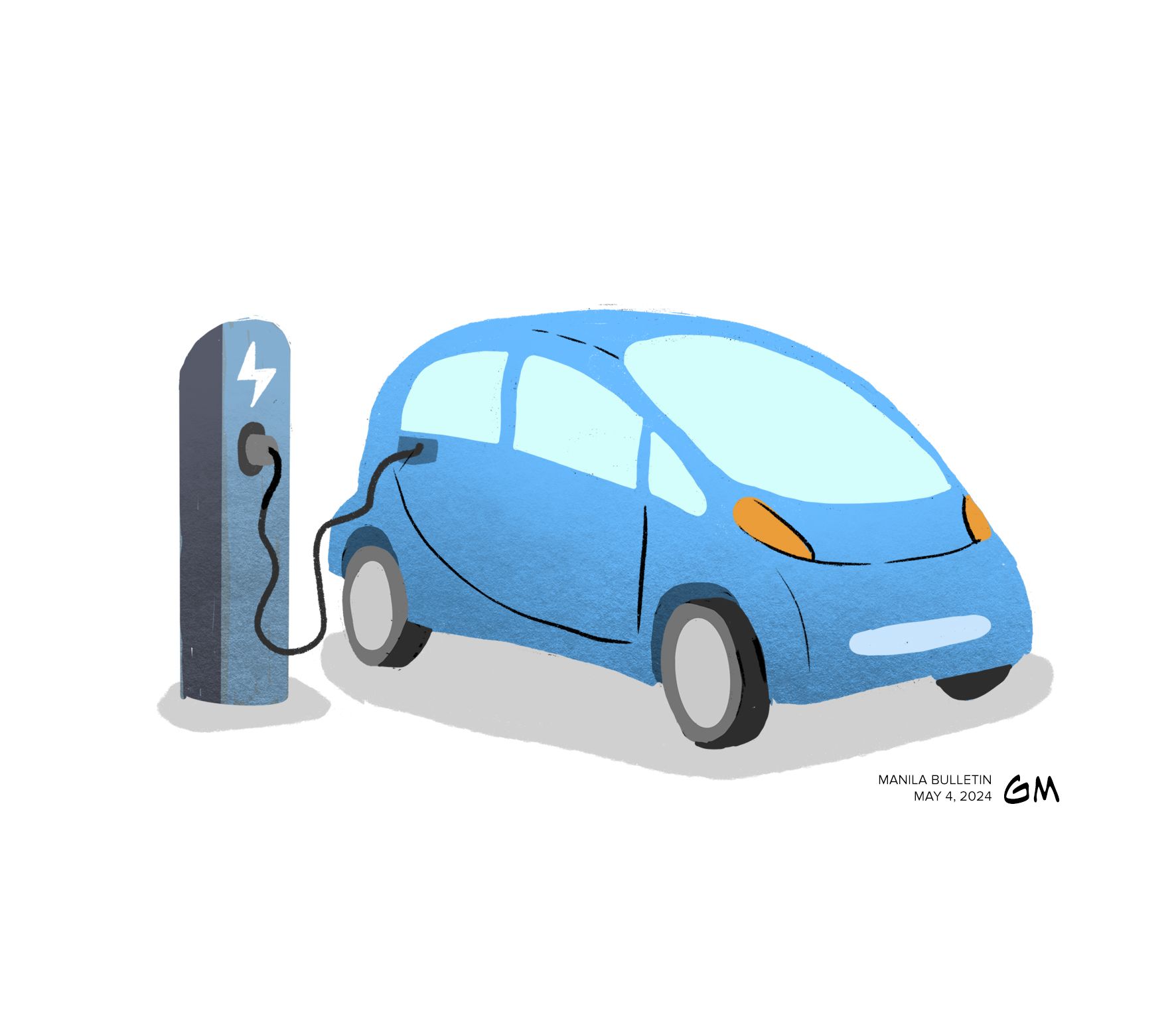
A big boost to the electric vehicle (EV) industry has come with President Marcos’ order to expedite action plans for its development. The administration’s support for the EV industry will be visible soon with the replacement of some 10 percent of government vehicles with EVs, it was announced during the meeting.
In a sectoral meeting on April 30, President Marcos had instructed the Department of Energy (DOE) and other concerned agencies to study the integration of the EV “so that we can strengthen the local manufacturing of electric vehicles and supporting battery charging mechanisms.
President Marcos has clearly set the country’s direction toward adopting strong measures to mitigate the effects of climate change by supporting the Paris agreement to cut the use of fossil fuels that contribute to global warming.
Not only will this hasten its development and infrastructure, the strong endorsement of EVs that comes from the President will push for wider acceptance of the EV as the viable, reliable and socially responsible choice for mobility.
Today, a factor that discourages motorists from shifting to EVs is the lack of infrastructure, like charging stations outside Metro Manila which limits its usage only in urban areas. Another factor is its price which can be lowered by more tax exemptions or subsidies.
EVs have been in the mobility landscape of the Philippines for many years, most of them in the public transportation sector, mostly two-wheelers that have been converted into village shuttles.
The Electric Vehicle Association of the Philippines (EVAP) has predicted that over 6.6 million EVs will be on the streets of the Philippines by 2030, over half of them two-wheelers or motorcycles, but only about five percent will be private vehicles. This dismal forecast will change with government initiatives and private sector action.
The industry is backed by the Electric Vehicle Industry Development Act (EVIDA Law) enacted in 2022, providing the framework for EV operation, including e-charging stations, batteries, parts, components, and related infrastructure like research centers, training centers, testing facilities, and waste treatment facilities.
The DOE’s Comprehensive Roadmap for the Electric Vehicle Industry (CREVI) is guiding the implementation of the EVIDA Law and the faster roll out of EV use around the country. According to reports, the program targets “to achieve a minimum of 10 percent EV share for all sectors, excluding trucks by 2040, under the Business-As-Usual scenario, and has set a more ambitious target of 50 percent of all fleets by 2040 under the Clean Energy scenario.”
Why do we need to shift to e-mobility?
“In the Philippines, the transportation sector is the largest source of air pollution and energy-related greenhouse gas (GHG) emissions. In 2015, transport GHG emissions contributed to 34 percent of the total Philippine GHG emissions, with road transport accounting for 80 percent of those emissions,” a report that is presented in the DOE CREVI page said.
While the government is working to develop the industry and make it affordable to shift to e- mobility, more initiatives in educating the public are needed to emphasize the fact that the rationale is loftier than mobility. It is to contribute in helping save planet Earth which is our home